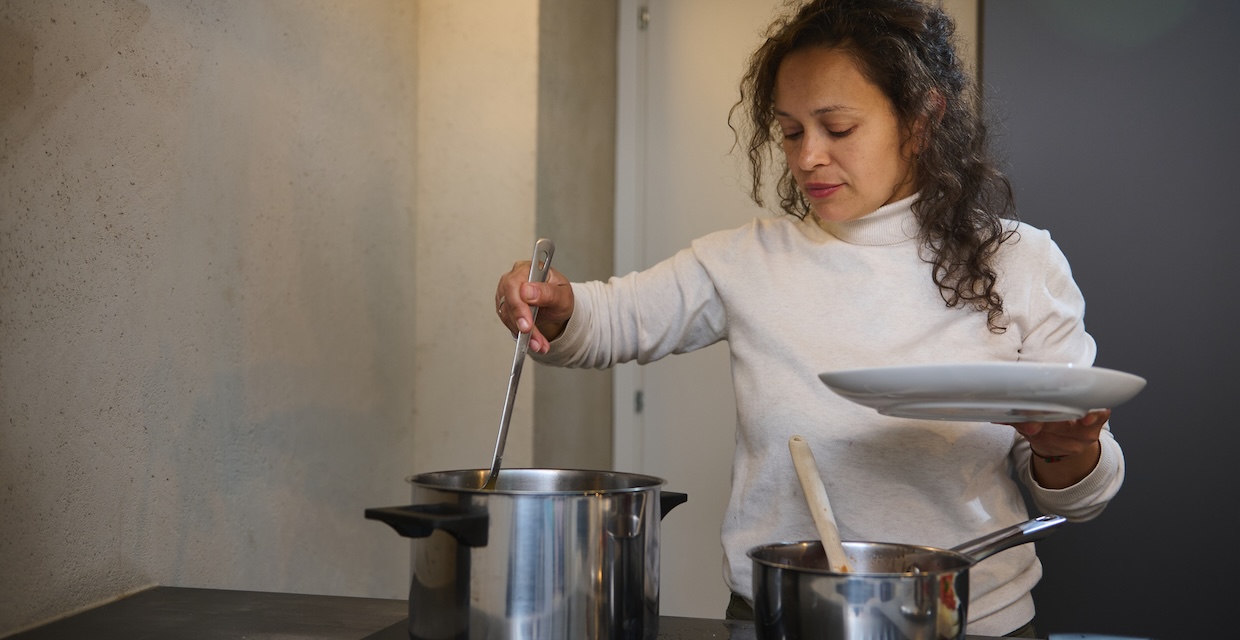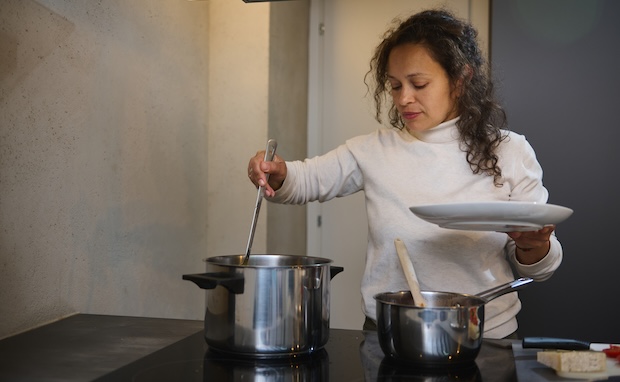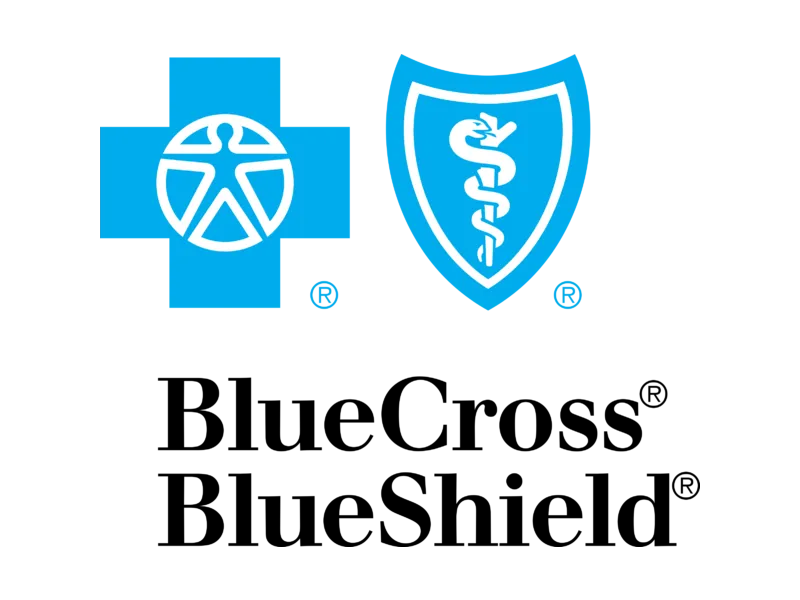Key Points
- This 7-day meal plan is a temporary template designed to soothe symptoms during an ulcerative colitis (UC) flare-up by focusing on low-fiber, easily digestible foods.
- Dietary needs for UC are highly individual; what works for one person may not work for another. A food and symptom journal is essential for personalizing your diet.
- During a flare, prioritize gentle cooking methods like steaming, baking, and boiling, and focus on hydration with water, broths, and electrolyte drinks.
- When moving into remission, reintroduce foods slowly, one at a time, to identify your specific triggers. Working with a registered dietitian is crucial for creating a sustainable, long-term eating plan.
Living with ulcerative colitis (UC) can feel like a constant guessing game, especially when it comes to food. One day, a meal sits perfectly fine, and the next, it seems to trigger a cascade of painful symptoms. If you're in the middle of a flare-up, the question of "What can I possibly eat?" becomes overwhelming and stressful.
You're not alone in this struggle. The sheer unpredictability of UC can make mealtime a source of anxiety rather than enjoyment. While there is no single diet that cures ulcerative colitis, changing what you eat is one of the most powerful tools you have to manage your symptoms and promote healing, especially during a flare.
This article provides a gentle, dietitian-approved seven-day meal plan to help you navigate a flare-up. Think of it as a starting point – a temporary, soothing guide to give your digestive system a much-needed rest. We'll also cover the key principles behind a UC flare diet and how to carefully expand your menu once you start feeling better.
Flare vs. remission: Why your diet needs to change
First, it’s important to understand that a UC diet isn't static. It needs to adapt based on whether your disease is active (a flare) or quiet (remission).
- During a flare-up: The primary goal is bowel rest. Your intestines are inflamed and sensitive, so you want to choose foods that are very easy to digest. This helps reduce symptoms like diarrhea, cramping, and bleeding. The focus is on a low-fiber, low-residue diet.
- During remission: When your symptoms have subsided, the goal shifts to maintaining good nutrition and reintroducing a wider variety of foods. A diverse diet feeds a healthy gut microbiome and ensures you're getting the vitamins and minerals you need to stay strong.
This meal plan is specifically designed for the flare-up phase, when your gut needs the most gentle care.
Key principles for a UC flare-up diet
“I start by reviewing each client’s symptoms, flare history, and digestive patterns to identify food triggers,” says Angela Peralta, RD. “Some clients already have a sense of what they don’t tolerate, while others benefit from food and symptom journaling to find patterns. Because UC is highly individual, I take a personalized approach to uncover what works best.”
When your UC is active, your food choices and preparation methods are particularly consequential. The goal is to reduce the workload on your digestive tract. Here’s what to focus on.
Choose low-fiber, low-residue foods
Fiber is the part of plant foods that your body can't digest. While it’s great for gut health when you’re well, during a flare, it can be like scrubbing an open wound. A low-fiber, or low-residue, diet minimizes material passing through your colon, which can reduce bowel movements and cramping.
- Safe grains: White rice, pasta, and bread made from refined white flour. Cream of wheat or refined grits are also good options.
- Well-cooked, low-fiber veggies: Think carrots, green beans, asparagus tips, and zucchini – all cooked until very soft, with skins and seeds removed.
- Low-fiber fruits: Ripe bananas, cantaloupe, honeydew melon, and canned fruits (in their own juice, not heavy syrup) are generally well-tolerated. Applesauce is a classic choice for a reason!
Prioritize hydration (with a twist)
Chronic diarrhea can quickly lead to dehydration and electrolyte imbalances. Staying hydrated is non-negotiable.
Sip on water throughout the day. If you’re experiencing significant fluid loss, plain water might not be enough. Research suggests that broths and oral rehydration solutions (like Pedialyte or a homemade version) can be crucial for replenishing lost electrolytes like sodium and potassium.
Use gentle cooking methods
How you cook your food is just as important as what you cook. Avoid frying, which adds hard-to-digest fats. Instead, opt for methods that make food tender and easy on the gut.
- Steam: Perfect for vegetables
- Boil: Great for chicken, potatoes, and pasta
- Bake or roast: An excellent way to cook fish, poultry, and root vegetables
Try smaller, more frequent meals
Three large meals can be overwhelming for an inflamed digestive system. Instead, try eating five or six small meals throughout the day. This approach can help prevent the bloating and discomfort that often follow a large meal and may improve nutrient absorption.
Pay attention to common nutrient gaps
Inflammation and diarrhea can interfere with your body's ability to absorb nutrients, increasing your risk for nutritional deficiencies. Common gaps in people with UC include iron, vitamin B12, vitamin D, and folic acid. While this 7-day plan is temporary, focus on nutrient-dense choices like salmon for omega-3s and chicken for lean protein.
Your 7-day ulcerative colitis meal plan for a flare-up
Important disclaimer: This meal plan is a template. Ulcerative colitis is a highly individual condition. Listen to your body above all else. If a specific food doesn’t feel right, leave it out. Keep a food and symptom journal to track what works for you.
Day 1
- Breakfast: Scrambled eggs and a slice of plain white toast
- Lunch: Clear chicken broth with well-cooked white rice and shredded, boiled chicken
- Dinner: Baked salmon with a plain baked white potato (no skin)
- Snack: Ripe banana
Day 2
- Breakfast: Cream of wheat made with water, with a spoonful of smooth apple butter
- Lunch: Leftover baked salmon and white potato (no skin)
- Dinner: Ground turkey cooked thoroughly, served with plain white pasta
- Snack: Unsweetened applesauce
Day 3
- Breakfast: A smoothie made with a ripe banana, water, and a scoop of plain, easily digestible protein powder (like egg white or collagen peptides)
- Lunch: Turkey and noodle soup (use clear broth, white pasta, and boiled turkey)
- Dinner: Baked tilapia with plain white rice and steamed, peeled zucchini
- Snack: Canned peaches in their own juice
Day 4
- Breakfast: Scrambled eggs and a slice of white toast
- Lunch: Leftover baked tilapia and rice
- Dinner: Boiled chicken breast (shredded) with mashed white potatoes (made with broth, no milk or butter)
- Snack: A small bowl of cantaloupe
Day 5
- Breakfast: Plain, low-fat yogurt (if dairy is tolerated) or a dairy-free alternative
- Note: Dairy can be a trigger for many, so introduce this with caution
- Lunch: Wrap with a white flour tortilla and sliced, oven-roasted turkey with a thin layer of avocado
- Dinner: Ground chicken meatballs (bound with egg, no breadcrumbs) baked and served with white pasta and a very small amount of low-acid tomato sauce (if tolerated)
- Snack: Ripe banana
Day 6
- Breakfast: Cream of rice cereal with a drizzle of maple syrup
- Lunch: Leftover chicken meatballs and pasta
- Dinner: Scrambled eggs with steamed asparagus tips (very tender)
- Snack: Unsweetened applesauce
Day 7
- Breakfast: Smoothie made with canned pears (in juice), water, and a scoop of protein powder
- Lunch: Clear vegetable broth with well-cooked white noodles
- Dinner: Baked cod with white rice and steamed and peeled carrots
- Snack: Small bowl of honeydew melon
Moving into remission: How to reintroduce foods
Once your symptoms start to improve, you can begin the careful process of reintroducing foods. This is not the time to jump back to your old diet. The key is to go slowly and methodically.
“I focus on which nutrient-dense foods are currently well tolerated and build from there,” says Angela Peralta, RD. “If a wide variety of foods are tolerated, the American Gastroenterology Association recommends an anti-inflammatory or Mediterranean-style diet, as these are associated with improved overall health and symptom management in IBD, provided there are no contraindications.”
Introduce one food at a time
Pick just one new food to try at the start of reintroduction. Eat a small portion of it and wait 2-3 days to see how your body responds before trying something else.
Keep your food journal
This is your most important tool. Note the new food, the date, the time, and any symptoms (or lack thereof) over the next 48-72 hours.
Start with cooked foods
Well-cooked vegetables are often easier to digest than raw ones. Try reintroducing foods like steamed broccoli or roasted sweet potatoes before attempting a raw salad.
Connect with a professional
Navigating the reintroduction phase can be tricky. This is the perfect time to work with a registered dietitian specializing in gut health. They can provide personalized guidance to help you expand your diet safely and sustainably.
Final thoughts
Managing ulcerative colitis is a journey, and your diet is your co-pilot. During a flare-up, a temporary, gentle meal plan focused on low-fiber, well-cooked foods can provide significant symptom relief and give your body the space it needs to heal.
Remember that you are the expert on your own body. Use this meal plan as a guide, but always listen to the signals your body is sending you. By being patient and methodical, you can learn to nourish yourself well through both flares and remission, reclaiming control over your health one meal at a time.
Frequently asked questions
What foods are good for a UC flare-up? During a flare-up, focus on simple, low-fiber, and easily digestible foods. Good options include white rice, pasta, and bread; well-cooked and peeled vegetables like carrots and zucchini; low-fiber fruits like ripe bananas and applesauce; and lean proteins like baked fish, boiled chicken, and eggs.
What is the fastest way to calm a UC flare? Calming a flare involves a combination of medical treatment prescribed by your doctor and dietary management. From a diet perspective, switching to a low-fiber, low-residue liquid or soft diet can help rest the bowel. This includes clear broths, diluted juices, oral rehydration solutions, and simple proteins. Always follow your doctor's medical advice.
What should I eat for breakfast with ulcerative colitis? During a flare, a good breakfast could be scrambled eggs with white toast, cream of wheat or rice made with water, or a smoothie made with a ripe banana, a dairy-free liquid, and an easily digestible protein powder. Avoid high-fiber cereals, whole grains, nuts, and seeds.
Is a low-FODMAP diet good for UC?
The low-FODMAP diet, which restricts certain types of fermentable carbohydrates, has been shown to help some people with IBD, particularly those with overlapping functional symptoms like gas and bloating. However, it's a complex and restrictive diet that's best implemented under the guidance of a dietitian to ensure you meet your nutritional needs. It may be more suitable during remission than during a severe flare.
The views expressed by authors and contributors of such content are not endorsed or approved by Fay and are intended for informational purposes only. The content is reviewed by Fay only to confirm educational value and audience interest. You are encouraged to discuss any questions that you may have about your health with a healthcare provider.
Sources
Fay Nutrition has strict sourcing guidelines and relies on peer-reviewed studies, academic research institutions, and medical associations. We avoid using tertiary references.
- The Treatment of Inflammatory Bowel Disease in Patients With a History of Malignancy - Inflammatory Bowel Diseases, Volume 25
- Inflammatory bowel disease (IBD): Staying hydrated - AGA GI Patient Center
- The Role of Diet in the Pathogenesis and Management of Inflammatory Bowel Disease: A Review - MDPI Nutrients
- Nutrients, Infectious and Inflammatory Diseases - MDPI Nutrients
- Dietary Guidance From the International Organization for the Study of Inflammatory Bowel Diseases - Clinical Gastroenterology and Hepatology
- Nutrition and Supplementation in Ulcerative Colitis - MDPI Nutrients











